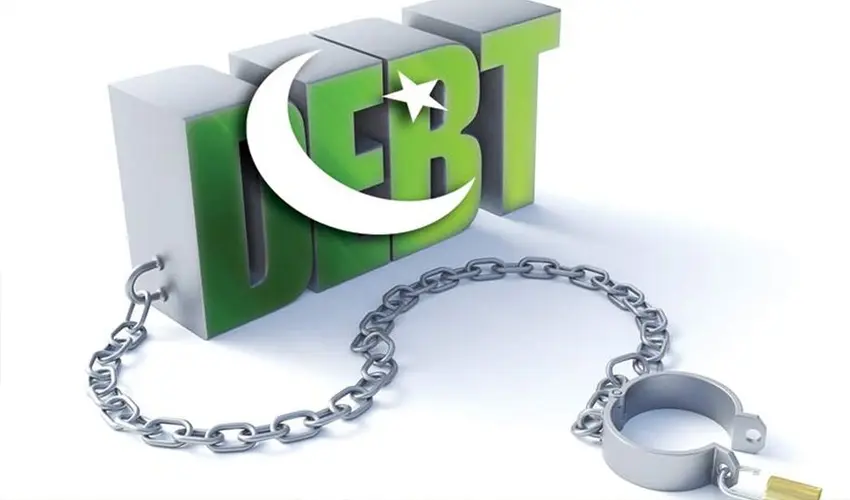Islamabad, 23 July: Pakistan secured $4.585 billion in external financing during the first seven months (July–January) of the ongoing fiscal year 2024–25. This reflects a 27% decline compared to the $6.31 billion borrowed during the same period last year, according to data released by the Economic Affairs Division (EAD).
External debt-servicing alone eats nearly half the federal budget. IMF and rating agencies stress the fiscal risk from high debt exposure, though reforms under the IMF program have shown some promise.
Pakistan’s FY 2025 internal debt Rs. 51.5 trillion is about double its external debt RS 24.5 trillion. The country heavily relies on rolling over USD 12 billion in temporary deposits to manage USD 23 billion external obligations.
This figure does not include the $1.03 billion tranche received from the International Monetary Fund (IMF). With IMF inflows factored in, the total foreign financing rises to $5.585 billion for the July–January period.
Despite allocating $9 billion in time deposits, $5 billion from Saudi Arabia and $4 billion from China in the FY25 budget, Pakistan did not receive any funds under this category within the first seven months. Additionally, no financial support was recorded from the United Arab Emirates.
While Saudi Arabia did roll over its $3 billion deposit in December 2024 for another year, this transaction is not reflected in the EAD data for the covered period.
Pakistan revised its total external financing requirement for FY25 from $19.393 billion to $14.393 billion. This includes $14.216 billion in loans and $176.29 million in grants, excluding IMF contributions. Out of the $3.779 billion projected to be raised from foreign commercial banks, only $500 million was secured by January, with no details provided about the lender. No commercial borrowing was recorded in November.
Multilateral lenders disbursed $2.322 billion between July and January, including $458 million in January alone. Bilateral sources contributed $329.10 million, of which $12.68 million was received in January. Non-project aid totaled $2.54 billion, with $1.312 billion allocated for budgetary support, while project-related aid amounted to $2.045 billion.
READ More : IMF: Pakistan Not Using Loans for Military Action
Among major contributors, the Asian Development Bank (ADB) provided $1.048 billion (including $139.73 million in January) against a budgeted $1.651 billion. The International Development Association (IDA) contributed $573.85 million, the International Bank for Reconstruction and Development (IBRD) disbursed $201.50 million, and the Islamic Development Bank (IsDB) extended $265.7 million in short-term financing.
External Debt Breakup:
- Budget Burden
- Pakistan’s budget spending on debt servicing is PKR 8.2 trillion, which is 46.7 % of its PKR 17.573 trillion federal budget.
- Question: How much of the budget remains for other expenses?
- Divide the Debt Service
- Of the USD 23 billion external debt service:
- USD 1.7 billion is for bond repayments,
- USD 2.3 billion for commercial loans,
- USD 2.8 billion for multilateral creditors,
- USD 1.8 billion for bilateral loans.
- Question: If a country could defer USD 4 billion worth of multilateral repayments, what percentage reduction in total external debt service is that?
- Of the USD 23 billion external debt service:
- Conversion Challenge
- Domestic debt: PKR 51.52 trillion = USD 180 billion (approx).
- Question: If the average exchange rate is PKR 286 to USD 1, confirm that conversion. Then calculate the USD value of the external debt (PKR 24.49 trillion).
- Percents of GDP
- Public debt stands at ~65 % of GDP as of June 2024.
- Question: If GDP grows by 4 % but debt remains flat, what would be the new debt-to-GDP ratio?
- Rollover Reliance
- Pakistan secured USD 12 billion in temporary deposits (Saudi, China, UAE, Qatar). Still, USD 11 billion must be repaid.









